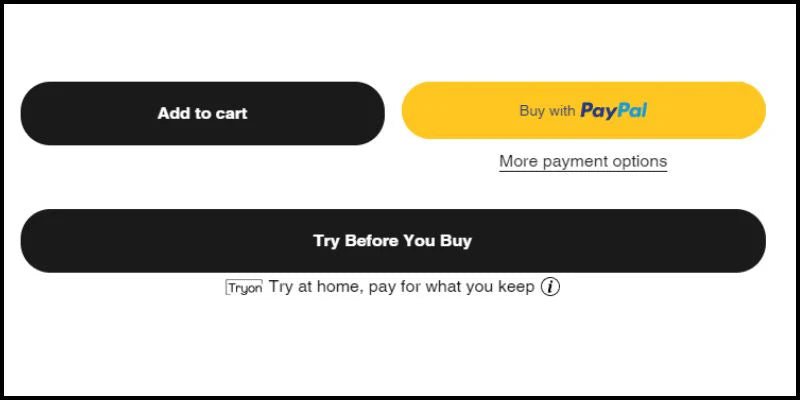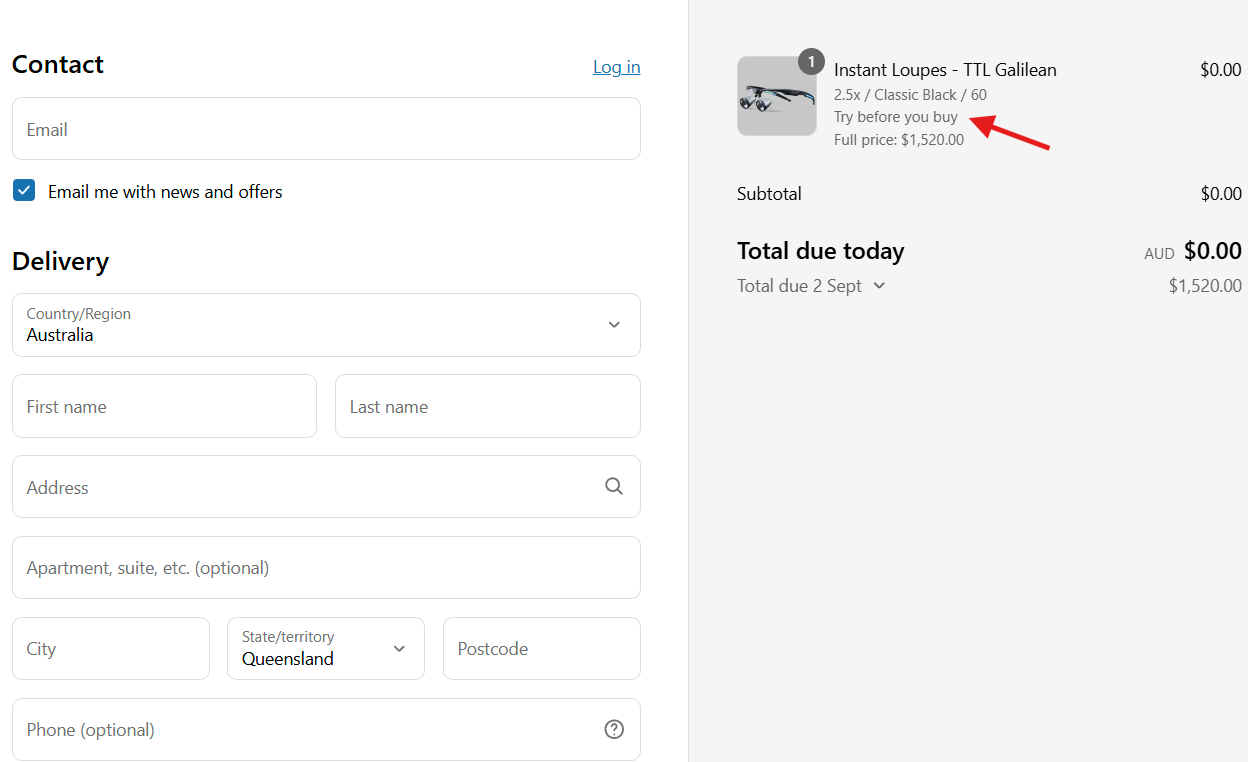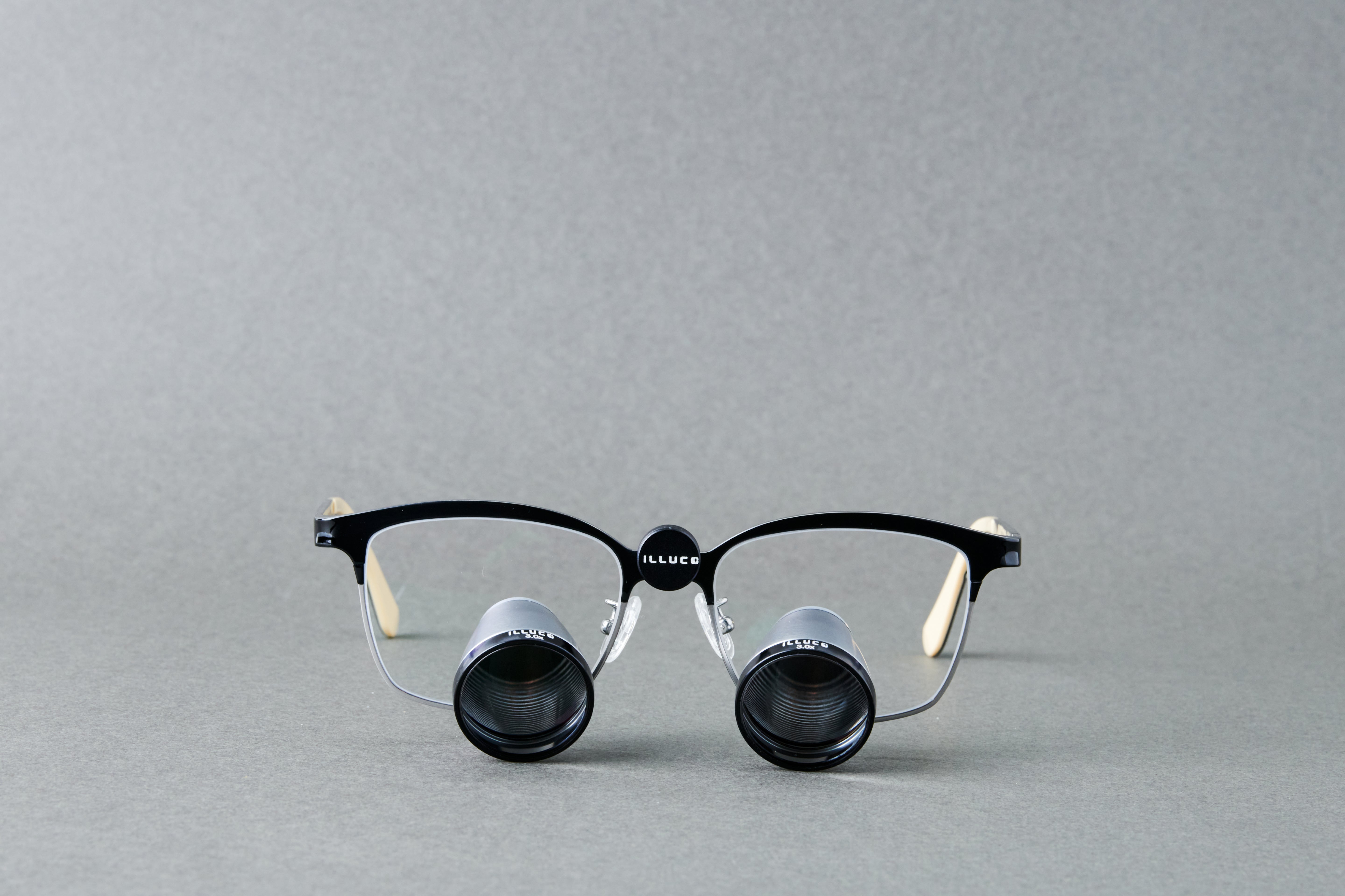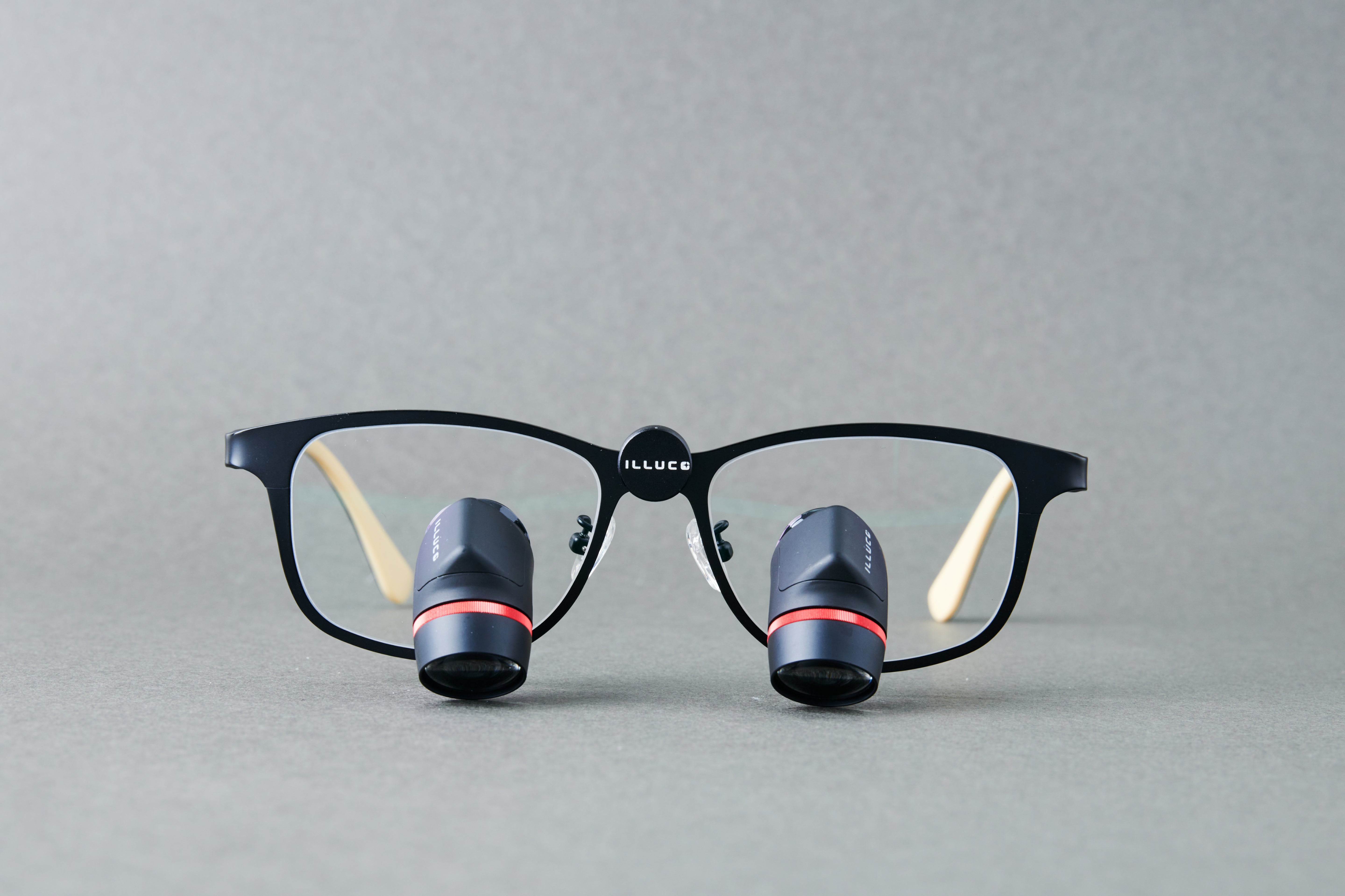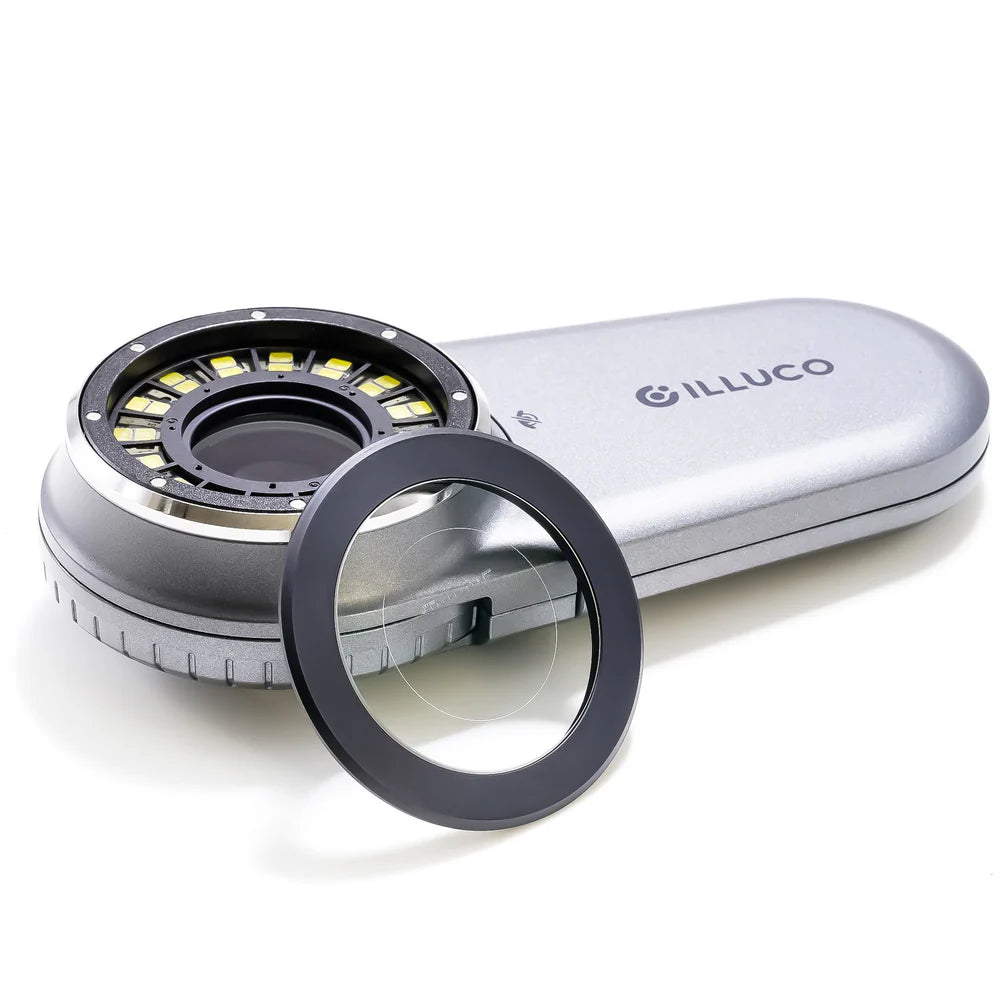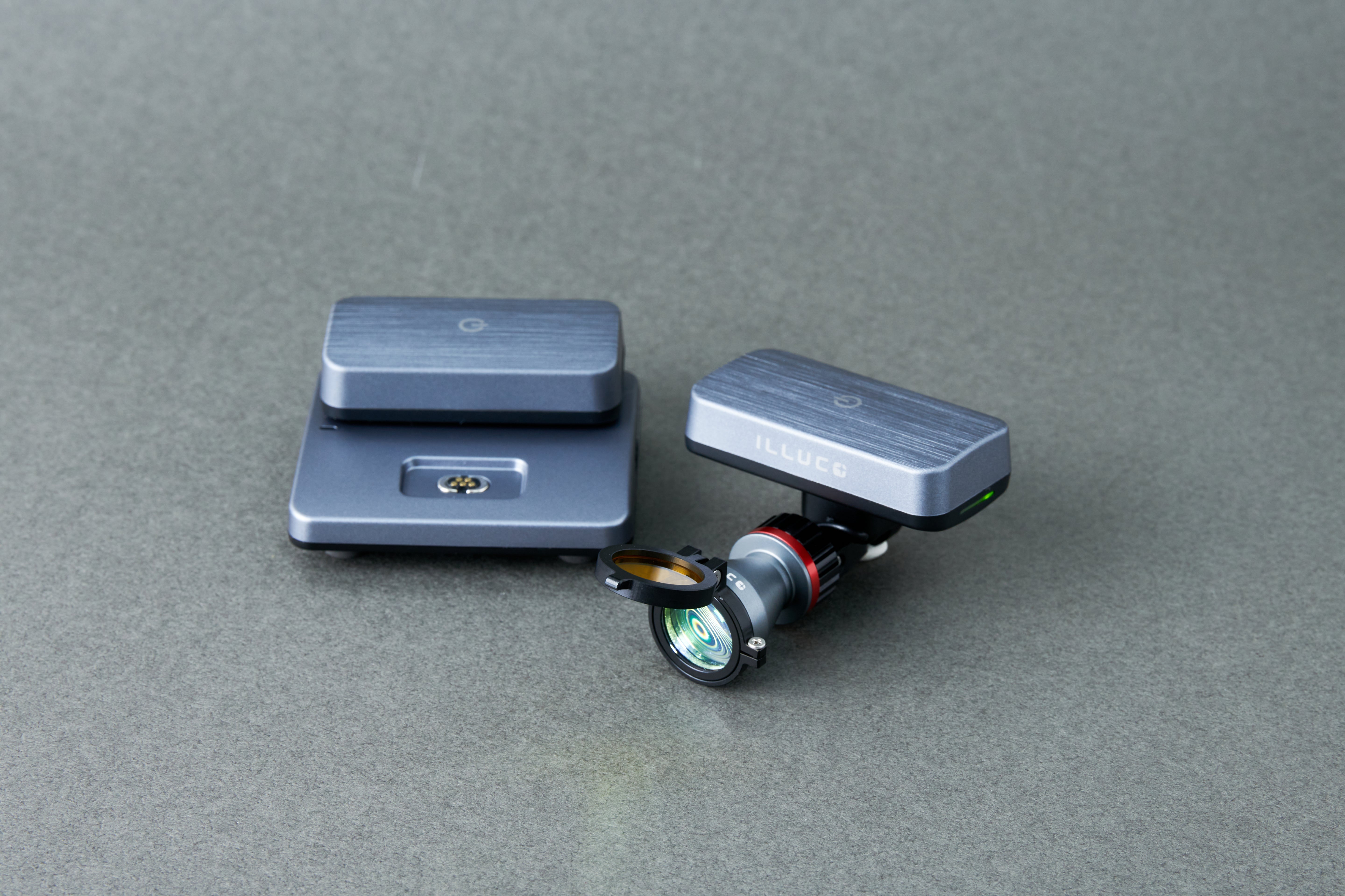Lens
A lens is a transparent optical element that manipulates light through the process of refraction. This manipulation can either concentrate or disperse light, depending on the design and curvature of the lens. Unlike a prism, which refracts light without focusing it, a lens is specifically engineered to concentrate light to form a clear image. Lenses are typically made from materials such as glass or plastic, although they can also be created from liquids that replicate the focusing mechanism of the human eye.
The manufacturing process of lenses varies significantly between materials. Glass lenses are crafted through a meticulous process of grinding and polishing, ensuring precise curvature and clarity. In contrast, plastic lenses are produced using molding techniques, which can allow for more complex shapes and designs while often being lighter and more impact-resistant than their glass counterparts.
Simple lenses can be categorized into eight distinct types based on the curvature of their two optical surfaces. Each type serves specific applications in various fields, including optics, photography, and vision correction.
The first category is the convex lens, which is further divided into several subtypes:
1. **Biconvex Lens**: This lens has two outward-curving surfaces and is commonly used in magnifying glasses and camera lenses. It converges light rays to a focal point.
2. **Plano-Convex Lens**: Featuring one flat surface and one outward-curving surface, this lens is often used in applications where space is limited, such as in laser systems.
3. **Positive Meniscus**: This lens has one convex and one concave surface, designed to minimize spherical aberration, making it suitable for high-quality optical systems.
On the other hand, concave lenses diverge light rays and are also categorized into several types:
4. **Concave Lens**: This lens has two inward-curving surfaces and is primarily used in applications like eyeglasses for nearsightedness.
5. **Biconcave Lens**: With two inward-curving surfaces, this lens is effective in spreading light rays and is often used in optical instruments.
6. **Plano-Concave Lens**: This lens has one flat surface and one inward-curving surface, commonly used in beam expanders and other optical devices.
7. **Negative Meniscus**: This lens combines a concave surface with a convex surface, designed to reduce distortion in optical systems.
Lastly, the **Achromatic Lens** is noteworthy for its exceptional off-axis performance. These lenses are engineered to minimize chromatic aberration, allowing for clearer images across a broader spectrum of wavelengths. This characteristic makes them invaluable in high-precision applications such as telescopes and microscopes.
In conclusion, understanding the various types of lenses and their specific characteristics is essential for professionals in optics and related fields. The choice of lens type can significantly impact the performance and clarity of optical systems, thereby influencing the quality of the final image produced.
Zoom Lens Diagram

Light through a Biconvex Lens

Types and classification of Simple Lenses





Try before you Buy offer - Loupes and Dermatoscopes
We understand that choosing your diagnostic tools can be a personal choice and to accommodate you we offer a try before you buy option, so you can ensure that you are comfortable with your loupes and dermatoscopes prior to purchase. **Please note that this offer is only available to the instant loupe range and not available when Prescription lenses or custom made options are required.
How try before you buy works.

1. Choose your product
Identify the products that you want to purchase and then add to cart.

2. Trial Period
Try for 10 days after delivery. Your card will be authorized but not charged.

3. Secure Payment
After your trial keep what you love and return the rest to us within 5 days of your trial period finishing. Only pay for what you keep.
FAQ's about try before you buy
These are the frequently asked questions about how the try before you buy option works for you.
As a shopper, you select the Tryon purchase option when adding items to your cart. At checkout, you will not be charged. Authorization for the full amount of your order will be placed on your credit card to reserve funds in the event you choose to keep your items, but you will only be charged for kept items. Your trial begins once the package is delivered, at which point you will have the length of the trial to try your items at home, decide what to keep, and return the rest.
When you checkout, an authorization for the full amount of your order is placed on your card to reserve funds if you choose to keep your items. An authorization is not the same as a charge in that our systems are strictly ensuring that the card that was provided at checkout is both valid and has the appropriate funds available to cover the cost of any items kept in the future. Rest assured that if a refund is required at any point, even after a trial has ended, that refund will be processed. Refunds are processed back to the original form of payment at the time of checkout. Depending on your financial institution, the processing times for this can vary.
Your trial will begin once you receive your package. Tryon works with our Partners to monitor for Carrier updates and when we see your order is delivered you should get a friendly email letting you know that your Trial has begun.
Note: if your order is shipped in multiple packages your Trial will start when the first package is delivered; you can also extend your trial by emailing info@illuco.com to request an extension.
Please post your unwanted goods to .....

